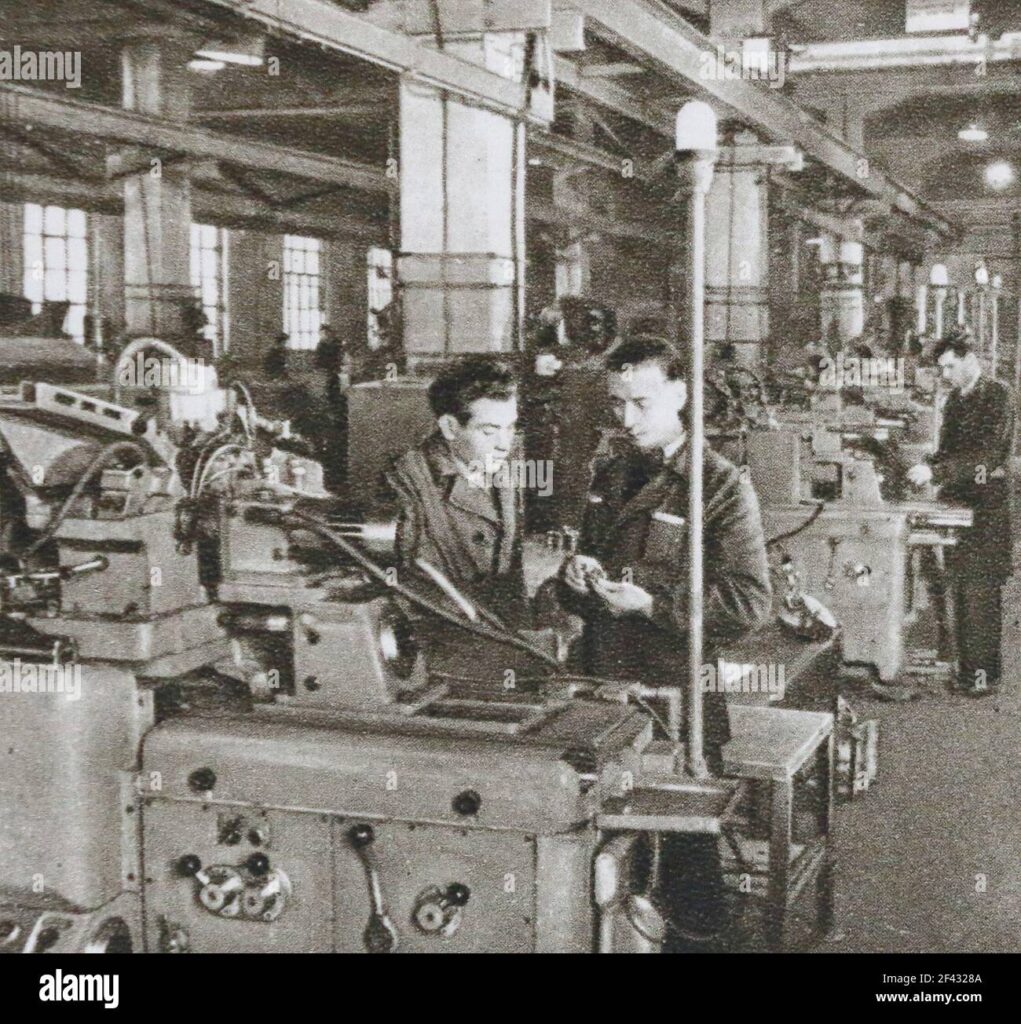Manage Expectations in Corporate Training

What every L&D Leader needs to know
You know you need to manage expectations in corporate training but you also know you’ve probably been asked to fix culture with a two-hour workshop, or heard the words, “Let’s just roll out training on that and we’ll be sorted” you’re not alone.
You’re in Learning and Development and you need to manage expectations in corporate training.
And if you’ve been here for more than five minutes, you’ve already lived the tension. You’re skilled. You’re passionate. But somehow, you’re constantly navigating unclear, mismatched, and often downright unrealistic expectations.
This post is about naming those expectations. Understanding where they come from, why they persist, and, most importantly, how we, as L&D professionals, can lead through them with confidence and clarity.
Because this isn’t about survival. It’s about leadership.
Why Managing Expectations in L&D Is So Hard
Let’s start with what no one says out loud: L&D is one of the most misunderstood functions in the entire business.
Leadership often thinks we create courses, deliver training, and handle compliance. Employees might think we’re here to manage onboarding or host workshops, and maybe hand out a few certificates along the way.
Meanwhile, we’re over here diagnosing capability gaps, building performance solutions, and trying to hold an entire growth culture together with a whiteboard marker and two facilitator guides.
It’s exhausting.
You’re trying to drive strategy, but you’re treated like an events coordinator. You want to build real capability, but someone just asked if you can “upload it to the LMS.” You want to consult, but you’re handed a vague request like, “We need something on accountability.”
And because you care, you say yes. Because you want to help, you deliver. Because you think if you show enough value, you’ll finally get that seat at the table.
But here’s the hard truth you didn’t ask for: if you never define your role, someone else will define it for you. And that’s when we stay stuck, reactive, overworked, and invisible.
How We Got Boxed Into “Training”
This mismatch didn’t happen overnight.
L&D has a long history rooted in the compliance-driven world of manufacturing. In the early days, training meant teaching people how to operate machinery, follow safety protocols, and onboard into standard processes. It was tactical. It was event-based. And it worked. (side note, even compliance training can be great.)
But that legacy stuck.
Today, many still equate learning with logistics: show up, tick the box, return to work. Even decades later, that’s the organizational memory we’re working against.

To make things even more complex, many people didn’t start our careers in L&D. We came from HR, sales, engineering, operations, customer service, accounting, you name it. We stepped into this field with good intentions, aiming to support and serve. And somewhere along the way, we absorbed the belief that L&D’s job is to make life easier for others.
But that mindset doesn’t serve us. It doesn’t serve the business. And it definitely doesn’t serve the people we’re trying to develop.
What You Are Actually Responsible For
Let’s be crystal clear about what sits in our lane, because this is what great L&D looks like:
Capability Building
We define what good looks like, then help people get there. This means creating frameworks, building out learning journeys, and designing experiences that grow real-world skills. Not learning for the sake of learning, but for performance that moves the business.
Performance Enablement
We solve performance problems, not just create content. We help teams gain clarity, overcome blockers, and ensure they have the tools, context, and support to thrive.
[Here’s a quick (and old) video that gets into Performance Enablement vs. Performance Management.]
Change Enablement
Every transformation effort, whether structural, cultural, or digital, requires people to shift the way they work. We guide that change through intentional learning experiences that stick.
Learning Experience Design
We craft the journey from first day to leadership, architecting the moments that shape employee growth and culture. It’s about more than events. It’s about creating meaningful, relevant experiences.
Strategic Alignment
We ask better questions. Instead of, “What training do you need?” we ask, “What are we trying to achieve?” From that anchor, we design solutions that align with the business.
This is your value. This is your lane. And once you start owning it, everything changes.
What You Are Not Responsible For
Now, let’s talk about what’s not your job.
Because if you don’t say it, someone else will assume it is.
You’re not the company therapist.
Supporting employee wellbeing? Absolutely.
But burnout, low morale, and disengagement are organizational issues, not learning gaps. You can’t fix a broken culture with a slide deck and a smile.
You’re not the leadership fixer.
Designing a brilliant leadership program doesn’t mean you’re responsible for toxic or disengaged leaders. That’s a shared effort, not a solo mission.
You’re also not responsible for everyone else’s job.
Team performance, communication breakdowns, lack of strategic direction, those are areas you support, not burdens you carry alone.
When you take on what isn’t yours, you burn out.
And worse, you reinforce the exact misunderstanding that keeps L&D boxed in.
How We Break Out of the Box
So… how do we change the narrative?
How do we stop being order-takers and start leading like strategic partners?
Start by reframing the conversation. When someone says, “We need training,” ask:
👉 “What outcome are you hoping for?”
👉 “What challenge are you seeing?”
👉 “What would success look like here?”
These questions move you out of reactive mode and into consultative leadership.
Then, use the right tools to back it up.
Inside my L&D Impact Toolkit, you’ll find:
- The Infinity Loop: A visual model that shows how we think, work, and lead.
- The 5-Spoke Model: A framework that maps our business impact.
- The Impact Checklist: Practical steps to measure what matters.
Use them in meetings, strategy decks, and executive conversations. Sometimes the best way to shift expectations is to show what great L&D actually looks like.
Most importantly, start anchoring in capability, not content.
Don’t ask, “What training should we run?”
Ask, “What do people need to be able to do?”
That single shift will change your entire approach.
And don’t be afraid to speak the language of business.
Talk about retention and performance and about readiness and innovation. These are the things business leaders care about, and it’s your job to translate learning into those outcomes.
Why This Isn’t Your Fault (And Where to Start)
If you’re feeling overwhelmed right now, I see you.
You were probably promoted because you were amazing at facilitation. Or instructional design. Or coaching. But no one handed you the playbook for business strategy. No one trained you to speak “CEO.”
That’s exactly why I created the Talent Development Academy.
Because we can’t afford to wait for permission anymore.
Inside the Academy, we walk through how to lead conversations with confidence, align L&D with business goals, design meaningful solutions, and get the credit for the impact we bring. You’ll get templates, coaching, community, and the kind of support that most L&D pros have never had access to.
And if you’re not ready for that step just yet?
Start with the Toolkit. It’s completely free, and it will get you moving in the right direction.
Just don’t stay stuck.
Final Thoughts: This Is Your Leadership Moment
Managing expectations in corporate training is hard.
But it’s also one of the greatest opportunities you have to show your leadership.
You don’t need to:
- prove your worth by overworking.
- say yes to every request.
You just need to be clear about who you are, what you do, and how you lead.
So let’s lead.
- Download the L&D Impact Toolkit.
- Check out the Talent Development Academy.
- Share this post with a fellow L&D pro.
- Get the support that moves you forward in your L&D Journey.
Because the business needs you.
Your people need you.
And you deserve to be seen for what you truly are:
- A builder of people.
- A catalyst for performance.
- A strategic leader.
And hey… you know how we close things here:
💚 We’re friends now.
Hi there, I'm Candice Mitchell!
Hi there,
I'm Candice Mitchell!
Meet the Author
I work with corporate clients carving out strategic Talent Development plans. I’ve been where you are now, and not only have I put in all the hard work and made all the mistakes that finally enabled me to get to a place of progression and impact that we talk of, but I’ve placed it all together in a signature program, The Talent Development Academy®.